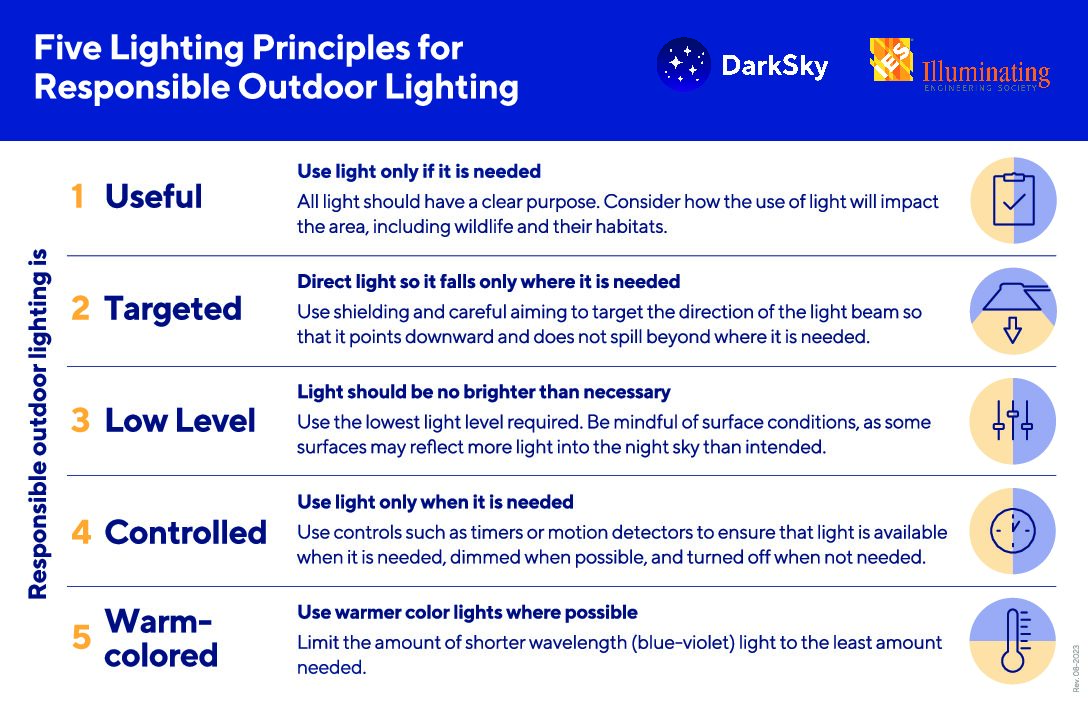By Marisa Loranger, Guest Columnist.
In a world where technology is everywhere, everyone has a phone that takes pictures and videos. Police brutality is finally getting the visibility it so rightfully deserves. Don’t kid yourselves, police brutality against the African American community has always been happening, now we just have videos and pictures to shed some light on the issue.
Take the case of Michael Brown, an 18 year old unarmed black man in Ferguson, Missouri. NBC Nightly News explained, he was shot six times, including being shot in the head, all because the police officer saw him j-walking.
How about the case of Oscar Grant III, a 22 year old unarmed black man in Oakland, California? In the movie “Fruitville Station”, it shows video from the shooting. He was detained by the police and told to sit quietly, as he did so the police started to taunt him, eventually they threw him on his stomach handcuffed. With a knee in his back they told him to roll over, as he pleaded that he couldn’t, the police shot him for not listening to an order.
Finally, Omari Grant, an 11 year old boy in Henry County, Georgia, who was in his back yard building a tree fort when two police officers came out with their guns drawn and yelled at the boy to lay on the ground and shut up reports the website Newsone. The boy did as he was told because “I was thinking that I don’t want to be shot today, so I just listened to what they said,” said Grant
The fear of police brutality is real and reasonable. The NAACP came out with a report in Oakland California. Between 2004 and 2008 out of 45 officer related shootings, 37 out of those shot were black citizens, Mother Jones, an online news source states.
A solution to fixing this problem would be to make it mandatory for all police officers to have chest cameras. They are small cameras that get pinned onto the front of a police officer’s shirt and it videos their activity all day.
If a police officer does something wrong there would be proof and they will have to be held accountable. Cameras were enforced in some police departments in February 2012. Since then, complaints from the public about police officers has dropped 88 percent and officers using excessive force had plunged 60 percent, explains Mother Jones. Implementing this into law could save hundreds of African American lives.
Enacting this into a law could be expensive. In 2008, the Bureau of Justice Statistics conducted a census and found that there were 18,000 law enforcement agencies. So providing enough chest cameras to cover all police officers could be costly, but can we really put a cost on people’s lives?
-Marisa Loranger, 20, is a full time college student at Delta College. She is currently pursuing a career in journalism. She is an advocate for social justice.

